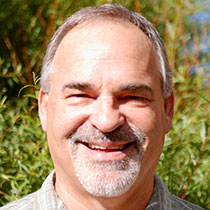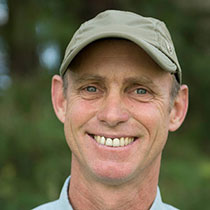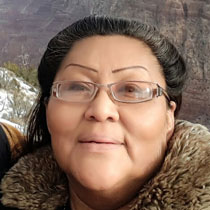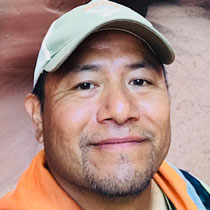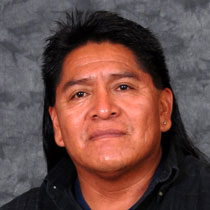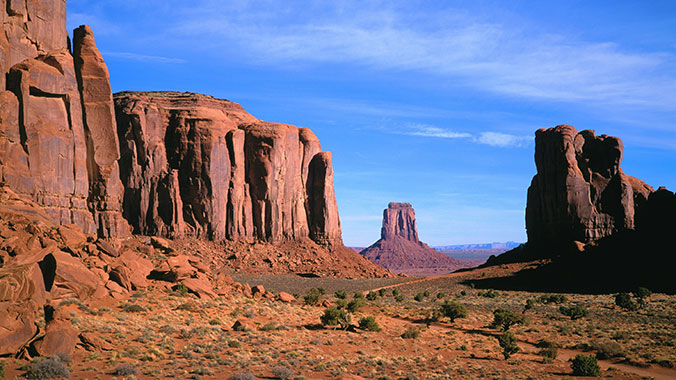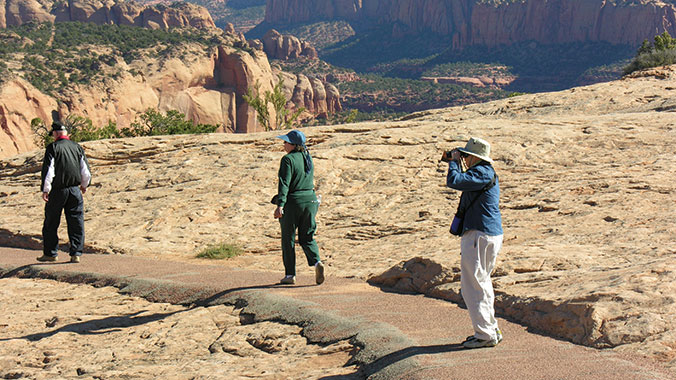Plane
Arrival day is on Sunday, April 5, 2026.
Meet the group at Courtyard By Marriott Flagstaff in Flagstaff, AZ
Start of Trip: 3:00 p.m. hotel check-in; 5:00 p.m. Program Registration; 5:30 p.m. Orientation followed by Welcome Dinner.
Your trip ends on: Saturday, April 11, 2026 in Flagstaff, AZ at Cameron Trading Post Motel
End of Trip: 8:00 a.m. lodge check-out followed by transfer to Flagstaff; 9:30 a.m. approximate arrival.
Ground Transportation Options
Program Arrival Airport
Phoenix Sky Harbor Airport (PHX) to Flagstaff (FIRST DAY of PROGRAM)
The estimated travel time to the check-in location is
3 hours
.
The estimated distance to the check-in location is
150 miles
.
Groome Transportation
Commercial Van/Shuttle
Phone: 8004487988
Cost: Please call transfer service directly for rates. Prices subject to change.
*Advanced reservations are required.
Check Groome Transportation Shuttle (www.groometransportation.com) for departure times PRIOR to booking flights. Advanced reservations required. There are multiple shuttles daily between Phoenix Sky Harbor Airport and the Flagstaff Visitor Center / Amtrak and starting hotel. Upon making the booking, please be sure you understand the directions on where to meet the van at the Phoenix Sky Harbor Airport.
Drop off/pick up at Flagstaff starting hotels available by advanced reservation only (extra charge each way for hotel drop/pick up, inquire when you make your reservation). Otherwise, shuttle drop off/pick up location is Flagstaff Visitor Center / Amtrak. From there taxi service available for extra charge.
Program Arrival Airport
Flagstaff Airport (FLG) to Courtyard Marriott Flagstaff
The estimated travel time to the check-in location is
10 minutes
.
The estimated distance to the check-in location is
5 miles
.
See comments
Taxi
Cost: Please call transfer service directly for rates. Prices subject to change.
*Advanced reservations are not required.
You may also take a taxi or use a Ride Share service (Uber or Lyft) to transport you to the Courtyard by Marriott Flagstaff (approx. 10 minutes away). The airport has a Taxi and Ride Share staging location to pick up a ride.
Sun Taxi (928) 779-1111
ACE Taxi (928) 707-4030
Turquoise Taxi (928) 600-2112
Apex Taxi (928)779-0000
Flagstaff Private Car (928) 225-7524
Call in advance for a quote.
For more information:
https://flyflagstaffaz.com/travelers/ground-transportation/
The Flagstaff Airport is serviced by American Airlines, with 2-5 flights daily to/from Phoenix Sky Harbor (PHX) and Dallas/Fort Worth (DFW). Early booking is encouraged for plane tickets, as the price goes up when the plane is almost full. Airfare to Flagstaff is much cheaper (exact cost varies) if connecting flights are also on American.
Program Departure Airport
Flagstaff to Phoenix Sky Harbor Airport (LAST DAY OF PROGRAM)
The estimated travel time from the last location is
3
.
The estimated distance to the last location is
150 miles
.
NAU Vehicles
Commercial Van/Shuttle
*Advanced reservations are not required.
On the final day of the program participants will travel from Cameron Trading Post to the starting hotel in Flagstaff by 9:30am. Transfer to the Flagstaff Pulliam Airport and Flagstaff Amtrak Station available via NAU vehicles, taxi service, or rideshare apps.
